 Crop Management
Crop Management
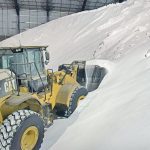
Fertilizer market stabilizing, say major suppliers

Refining artificial intelligence data
Service connects farm data from disparate sources to help companies use it to develop and improve digital ag products
Microsoft's Azure Data Manager connects farm data from disparate sources to help companies use the information to develop and improve their digital ag products.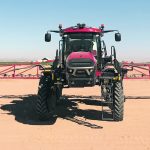
Multispectral cameras power variable rate applications
Augmenta controls VR granular and liquid applications in real time; the roof-mounted camera analyzes crop conditions
Augmenta is a cab-mounted system with five 4K multispectral cameras, each working in a different wavelength. Artificial intelligence analyzes the plants then makes real time VR instructions that control the application of liquid and solid nutrients, plant growth regulators, fungicides, desiccants and defoliants.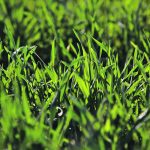
Cover crops may have potential to lower yields
Researchers have found the effect cover crops have on primary crops depends on the environment and how they are used
Recent research has shown that cover cropping could lower crop yields and lead to negative environmental impacts caused by expanded cultivation necessary to make up for those yield losses.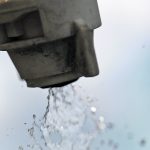
Should I spray or should I go?
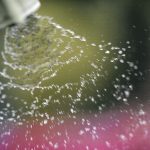
Slow down, up the volume, reduce the pressure
A spraying specialist weighs in on how producers can achieve effective deep canopy coverage while applying fungicides
In Agrimetrix research conducted in chickpeas and field peas, water volume was the most important factor associated with good canopy penetration.
Seeking sources of pea root rot resistance
Pea breeders are heading back to U.S. and French roots in search of genes for durable resistance against aphanomyces
Greenhouse testing at the University of Saskatchewan has shown that several pea varieties have partial resistance. But those results come with a large asterisk: indoor conditions are very different from field conditions.
Risk evaluation app predicts lentil disease
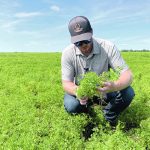
New fungicide tackles resistance in pulses




 Crop Management
Crop Management

